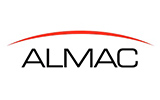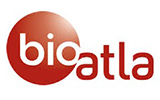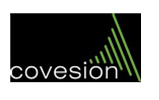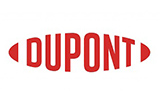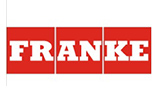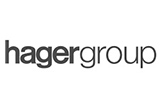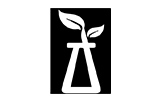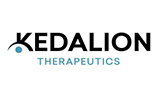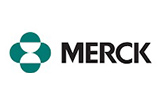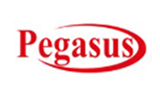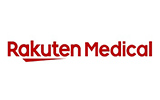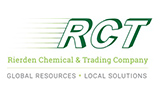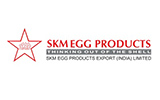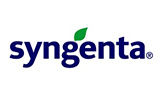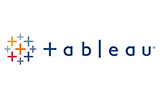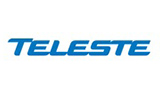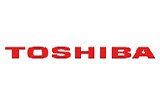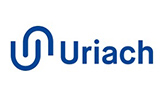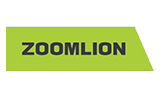CHAPTER 1 INTRODUCTION
1.1. REPORT DESCRIPTION
1.2. KEY BENEFITS
1.3. KEY MARKET SEGMENTS
1.4. RESEARCH METHODOLOGY
1.4.1. Primary research
1.4.2. Secondary research
1.4.3. Analyst tools and models
CHAPTER 2 EXECUTIVE SUMMARY
2.1. CXO PERSPECTIVE
CHAPTER 3 MARKET OVERVIEW
3.1. MARKET DEFINITION AND SCOPE
3.2. KEY FINDINGS
3.2.1. Top investment pockets
3.2.2. Top winning strategies
3.3. PORTERS FIVE FORCES ANALYSIS
3.4. PATENT ANALYSIS
3.4.1. Patent analysis by year
3.4.2. Patent analysis by region
3.4.3. Patent analysis by indication
3.5. REGULATIONS
3.6. MARKET DYNAMICS
3.6.1. Drivers
3.6.1.1. Conducive government legislations
3.6.1.2. Market exclusivity for orphan drugs
3.6.1.3. Surge in prevalence of rare diseases
3.6.2. Restraints
3.6.2.1. Limited patient pool for clinical trial and product marketing
3.6.2.2. High treatment costs per patient
3.6.3. Opportunities
3.6.3.1. Growing novel indications designated for known orphan drugs
3.6.3.2. Untapped emerging markets
CHAPTER 4 ORPHAN DRUGS MARKET, BY DISEASE TYPE
4.1. OVERVIEW
4.1.1. Market size and forecast
4.2. ONCOLOGIC DISEASES
4.2.1. Key market trends
4.2.2. Growth factors and opportunities
4.2.3. Market size and forecast
4.3. METABOLIC DISEASES
4.3.1. Key market trends
4.3.2. Growth factors and opportunities
4.3.3. Market size and forecast
4.4. HEMATOLOGIC AND IMMUNOLOGIC DISEASES
4.4.1. Key market trends
4.4.2. Growth factors and opportunities
4.4.3. Market size and forecast
4.5. INFECTIOUS DISEASES
4.5.1. Key market trends
4.5.2. Growth factors and opportunities
4.5.3. Market size and forecast
4.6. NEUROLOGIC DISEASES
4.6.1. Key market trends
4.6.2. Growth factors and opportunities
4.6.3. Market size and forecast
4.7. OTHER RARE DISEASES
4.7.1. Key market trends
4.7.2. Growth factors and opportunities
4.7.3. Market size and forecast
CHAPTER 5 ORPHAN DRUGS MARKET, BY INDICATION
5.1. OVERVIEW
5.1.1. Market Size and Forecast
5.2. NON-HODGKINS LYMPHOMA
5.2.1. Market size and forecast
5.3. ACUTE MYELOID LEUKEMIA
5.3.1. Market size and forecast
5.4. CYSTIC FIBROSIS
5.4.1. Market size and forecast
5.5. GLIOMA
5.5.1. Market size and forecast
5.6. PANCREATIC CANCER
5.6.1. Market size and forecast
5.7. OVARIAN CANCER
5.7.1. Market size and forecast
5.8. MULTIPLE MYELOMA
5.8.1. Market size and forecast
5.9. DUCHENNE MUSCULAR DYSTROPHY
5.9.1. Market size and forecast
5.10. GRAFT VS. HOST DISEASE
5.10.1. Market size and forecast
5.11. RENAL CELL CARCINOMA
5.11.1. Market size and forecast
5.12. OTHERS
5.12.1. Market size and forecast
CHAPTER 6 ORPHAN DRUGS MARKET, BY GEOGRAPHY
6.1. OVERVIEW
6.1.1. Market size and forecast
6.2. NORTH AMERICA
6.2.1. Key market trends
6.2.2. Key growth factors and opportunities
6.2.3. Market size and forecast
6.2.3.1. U.S. market size and forecast
6.2.3.2. Canada market size and forecast
6.2.3.3. Mexico market size and forecast
6.3. EUROPE
6.3.1. Key market trends
6.3.2. Key growth factors and opportunities
6.3.3. Market size and forecast
6.3.3.1. Germany market size and forecast
6.3.3.2. UK market size and forecast
6.3.3.3. France market size and forecast
6.3.3.4. Italy market size and forecast
6.3.3.5. Spain market size and forecast
6.3.3.6. Rest of Europe market size and forecast
6.4. ASIA-PACIFIC
6.4.1. Key market trends
6.4.2. Key growth factors and opportunities
6.4.3. Market size and forecast
6.4.3.1. Japan market size and forecast
6.4.3.2. China market size and forecast
6.4.3.3. India market size and forecast
6.4.3.4. Australia market size and forecast
6.4.3.5. South Korea market size and forecast
6.4.3.6. Taiwan market size and forecast
6.4.3.7. Rest of Asia-Pacific market size and forecast
6.5. LAMEA
6.5.1. Key market trends
6.5.2. Key growth factors and opportunities
6.5.3. Market size and forecast
6.5.3.1. Brazil market size and forecast
6.5.3.2. Turkey market size and forecast
6.5.3.3. Saudi Arabia market size and forecast
6.5.3.4. South Africa market size and forecast
6.5.3.5. Rest of LAMEA market size and forecast
CHAPTER 7 COMPANY PROFILES
7.1. ABBVIE INC.
7.1.1. Company overview
7.1.2. Company snapshot
7.1.3. Operating business segments
7.1.4. Product portfolio
7.1.5. Business performance
7.1.6. Key strategic moves and developments
7.2. AEGERION PHARMACEUTICALS, INC. (NOVELION THERAPEUTICS INC.)
7.2.1. Company overview
7.2.2. Company snapshot
7.2.3. Operating business segments
7.2.4. Product portfolio
7.2.5. Business performance
7.2.6. Key strategic moves and developments
7.3. BRISTOL-MYERS SQUIBB COMPANY
7.3.1. Company overview
7.3.2. Company snapshot
7.3.3. Operating business segment
7.3.4. Product portfolio
7.3.5. Business performance
7.3.6. Key strategic moves and developments
7.4. CELGENE CORPORATION
7.4.1. Company overview
7.4.2. Company snapshot
7.4.3. Operating business segments
7.4.4. Product portfolio
7.4.5. Business performance
7.4.6. Key strategic moves and developments
7.5. F. HOFFMANN-LA ROCHE AG
7.5.1. Company overview
7.5.2. Company snapshot
7.5.3. Operating business segments
7.5.4. Product portfolio
7.5.5. Business performance
7.5.6. Key strategic moves and developments
7.6. GLAXOSMITHKLINE PLC
7.6.1. Company overview
7.6.2. Company snapshot
7.6.3. Operating business segments
7.6.4. Product portfolio
7.6.5. Business performance
7.6.6. Key strategic moves and developments
7.7. JOHNSON & JOHNSON
7.7.1. Company overview
7.7.2. Company snapshot
7.7.3. Operating business segments
7.7.4. Product portfolio
7.7.5. Business performance
7.7.6. Key strategic moves and developments
7.8. NOVARTIS AG
7.8.1. Company overview
7.8.2. Company snapshot
7.8.3. Operating business segments
7.8.4. Product portfolio
7.8.5. Business performance
7.8.6. Key strategic moves and developments
7.9. PFIZER INC.
7.9.1. Company overview
7.9.2. Company snapshot
7.9.3. Operating business segments
7.9.4. Product portfolio
7.9.5. Business performance
7.9.6. Key strategic moves and developments
7.10. SANOFI
7.10.1. Company overview
7.10.2. Company snapshot
7.10.3. Operating business segments
7.10.4. Product portfolio
7.10.5. Business performance
7.10.6. Key strategic moves and developments


